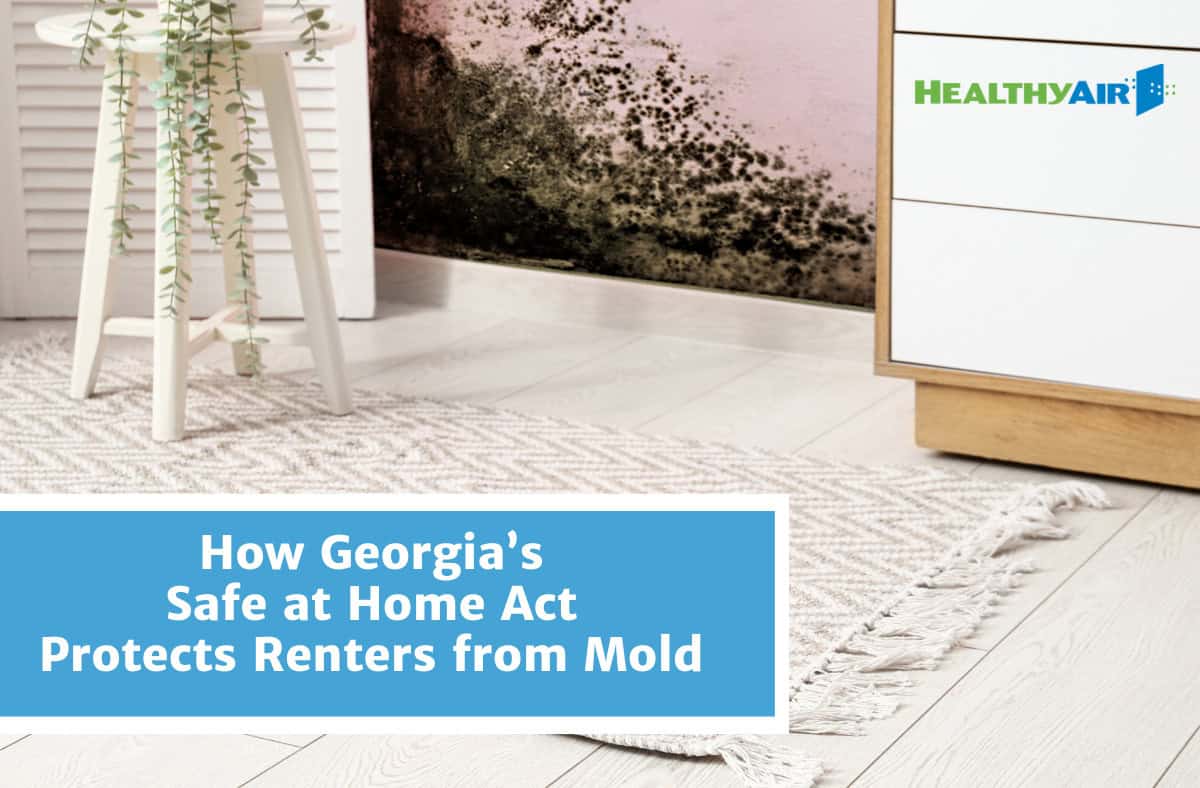Why a Radon Inspection is Critical for Home Owners

The Importance of a Radon Inspection for New Home Owners
Radon is not something you hear a lot about in polite conversation. However, the topic might come up when you plan to sell your house, and the buyer requests a radon inspection. Similarly, it may become a subject of conversation when you talk to an expert about the air quality of your home. Here is what you need to know about this colorless, odorless, but radioactive gas.
Where Does Radon Come From?
Radon is a byproduct of uranium decay. It is present at varying levels in the environment. Therefore, it is not unusual to have some radon exposure in your home. That said, radon gas becomes a problem within a home when it enters a space and becomes contained within the area. Something as simple as blocking crawlspace vents can create this level of problematic containment.
Why is Radon Buildup a Problem?
The radioactive nature of the gas should give you pause. Medical experts explain that radon contributes to lung cancer development in non-smokers. In this way, it is a deadly danger that could be hiding within your four walls. Because long-term exposure is such a health risk, real estate professionals suggest the radon inspection when a home is sold.
However, you do not have to wait for the inspection until buying or selling your home. A radon test is also one of the ways to improve your home’s air quality. While there are test kits you can buy at the store, it makes more sense to enlist the help of experts in the field to handle the testing and interpret the results.
Advantages of a Professional Radon Inspection
Elevated radon levels can happen at any time. The gas seeps into the home through small openings in the foundation. Getting trapped in a crawl space can also occur at any time. Because you can neither smell nor see the gas, you will not know that you need to mitigate the problem.
HealthyAir USA routinely works with homeowners who decide to have their homes tested. The goal is to figure out if there is a problem and how bad it might be. If you get in front of the issue, you can prevent long-term exposure.
Your House Has Radon, Now What?
If the inspection revealed the presence of unhealthy radon levels, there are ways to lower them. Experts can mitigate gas buildup. There are different solutions. It begins with a visual inspection of the space. The technician looks for anything that prevents the airflow in a crawl space setting. If this is not the culprit, there may be gaps in the floors and walls that allow radon to enter. These need to be filled.
Next, there is the option of adding a removal pipe. This technology enables the specialist to vent some of the radon outside. With the help of a fan, it is possible to reduce significantly any radon buildup. Finally, the specialist will repeat the radon inspection to ensure that levels went down to within safe levels.
Learn more about your testing and mitigation options today by contacting HealthyAir USA.



